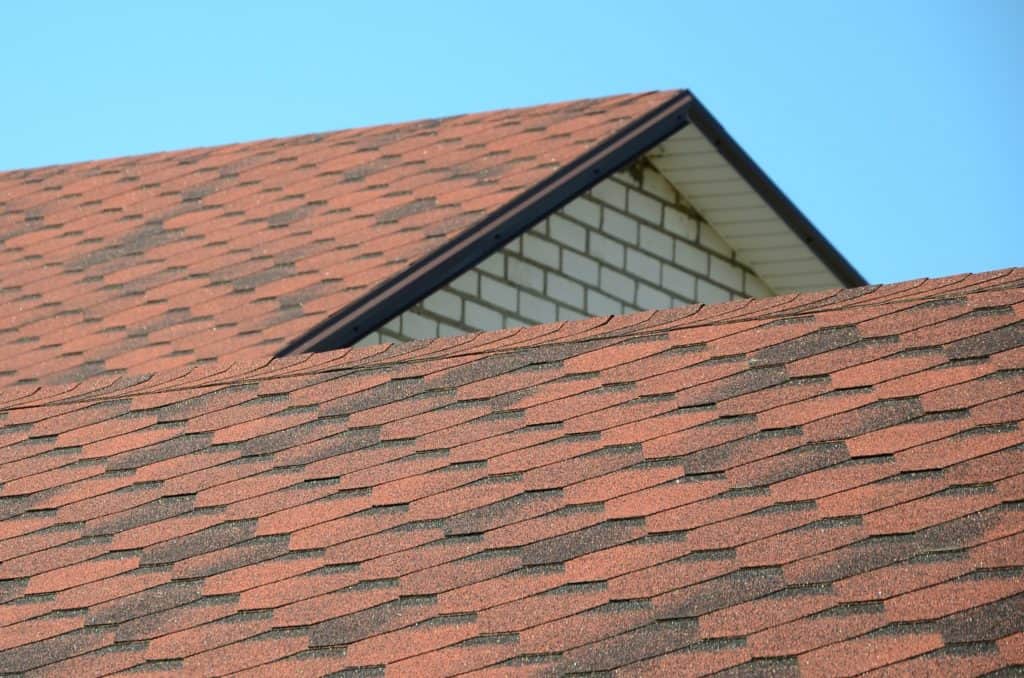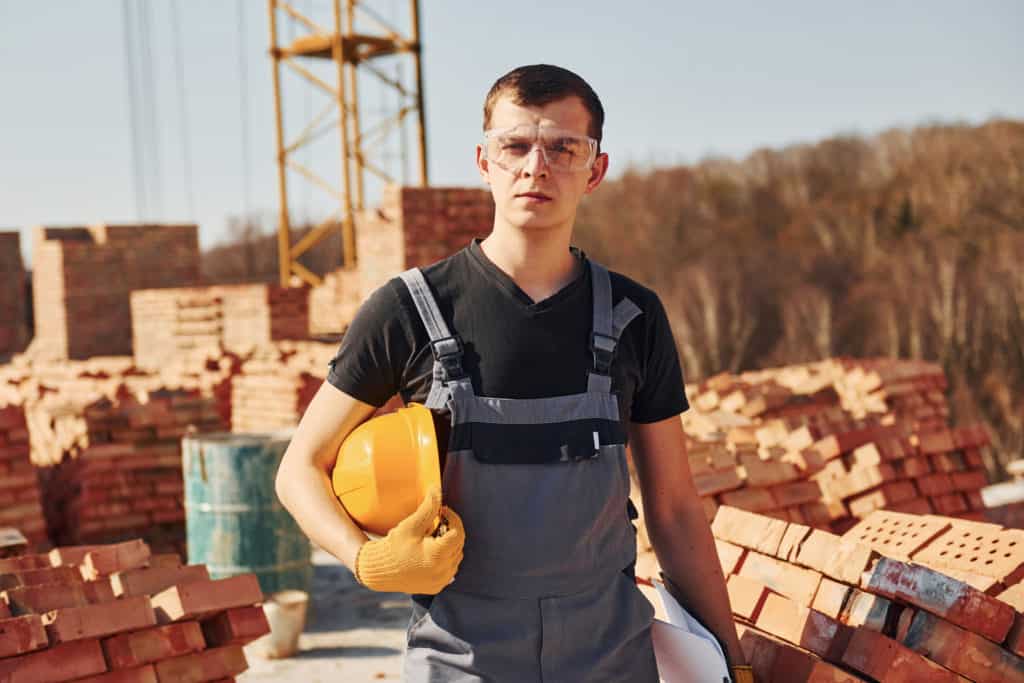Proper roof installation is crucial to the safety of your home and family. A well-installed roof prevents water damage and protects your family from the elements. A poorly-constructed roof has weak points and structural flaws that put your home at risk and will cost you a fortune to repair.

Building a high-quality roof
A quality roof is an integral part of your home. It protects you from the elements and provides a beautiful design. It can also be highly energy efficient and help you save money on your monthly utility bills. There are many types of roofing materials, and you can choose one that suits the style of your house. For example, you could choose slate or metal roofing, adding a sleek style to your home.
Before laying the shingles and framing the rafters, prepare the surface by shimming or bending the plywood or oriented strand board. You should also make sure that the nailing surface is level. Use a long carpenter’s level or a 6 to 10-foot piece of lumber to check this. Even a fraction of an inch in nailing surface can make the roof uneven. If you notice any warped chords, you can use blocking to straighten them.
Another factor to consider when choosing a high-quality roof is the climate. Your building must be protected from intense sunlight, high winds, and heavy rain. If you live in an area that experiences severe weather, you must choose a roofing system that can withstand harsh conditions. You should also choose a system that can handle the temperature swings between humid and dry climates.

Hiring a skilled roofer
Hiring a skilled roofer for your roof installation is essential for several reasons. First, hiring a skilled contractor will ensure your new roof is installed correctly and on time. A skilled roofer will also be able to inspect the existing structure of your home for damage and will waterproof your entire house if necessary. Another important reason is experience. The more experienced a roofer is, the less likely you will have to deal with problems during installation.
You should also make sure that your roofer is certified. Many roofing contractors have received certifications in different fields, and some specialize in certain types of roofs. For example, you should hire a specialist if you have a roof that features skylights. In addition, if you own a historic home, a roofer who knows the historical details of the home’s construction can help you find historically accurate roofing materials. They may even partner with a mason to protect a historic chimney.
When choosing a roofer, you should ask for references from previous customers. This way, you can ask questions about their work, and you’ll know if the contractor is reliable. Also, you can ask them for a copy of their work history, and you’ll know exactly what to expect from the finished product.

Attic ventilation system
Proper attic ventilation is essential to the safety and longevity of your roof. Without it, your roof can become a breeding ground for mold, rot, and mildew. It can also cause your roof to experience severe energy losses. Proper attic ventilation can also reduce the risk of roof leaks. A properly vented roof is also essential in cold climates because it can help prevent the formation of an ice dam.
An attic ventilation system can be simple or complex. The method you choose will depend on your climate and home’s design. You can install an exhaust or intake vent in the eave or soffit to help remove excess air. Exhaust vents are easily visible, while intake vents are hidden within the soffit or fascia. Intake vents can also be decorative or even function as wind turbines. Whatever type of ventilation system you choose, optimizing air transfer to avoid any problems will be necessary.
A properly vented roof allows hot air to escape and fresh air to enter the attic. This will prevent your home from becoming overheated. It will also reduce your air conditioning needs in summer. Also, proper ventilation will prevent ice dams, which can damage your roof.
Structured ventilation
When planning the design of your roof, you must consider how much ventilation you need. It would be best to have a vent to handle the intake and exhaust of air. Structured ventilation can help you achieve these objectives. However, you need to consider your roof’s overall design and budget. Your roofing contractor will help you decide what type of ventilation is best for your home. In addition, you must consider the overall design and size of your roof to decide what type of vent you need.
There are many types of vents available in the market. Most of them need to be installed on the outside wall. This can be done with plastic sheeting or cement board. In either case, small metal screws are used to secure them. Once in place, it would be best to use a screwdriver to push them into place. Alternatively, you can use a hammer to drive them into the roof. When installing the vent, you should avoid using a drill bit as this may cause damage to the roof.
The best roof ventilation systems are designed to ensure constant airflow under the roof. Insufficient air flow can lead to frost and moisture accumulation in the attic, and it is essential to avoid these problems altogether. Structured ventilation can also help prevent ice dams, which are common in cold climates.
Ice and water shields
Ice and water shields can greatly benefit repairing a weakened roof or building a new home. They work by preventing water from running off the roof’s edges and accumulating on the roof itself. They also help with wind resistance. In some cases, they can even reduce the damage your roof receives due to severe weather conditions.
When appropriately used, ice and water shields prevent water from getting under the shingles, causing a potential ice dam. Ice dams can cause problems for your roof, including saturating your attic and plywood, insulation, and drywall. This can cause severe problems inside your home, possibly leading to a costly renovation. An ice and water shield can help prevent such problems and reduce the costs of roof repair and replacement.
If you’re considering installing an ice and water shield on your roof, it’s essential to consider the shape of your roof. The shape of your roof will determine how fast the water can escape and cause damage. A shallow pitch will allow water to escape more slowly than a steep one.
Repairing a roof after a leak
If you suspect a leak on your roof, you should begin by looking for leak-causing penetrations. These include roof vents, chimneys, dormers, and plumbing. These penetrations can be several feet above or to one side of the leak and can be challenging to find. If you have trouble determining where the leak is, consider hiring a professional.
Once you’ve identified where the leak is coming from, you can remove the shingles. Doing this will help you pinpoint the leak’s location and cause. It will also allow you to see how much water is dripping down. You can then measure the distance from the leak to the surface.
You can also repair the leak by replacing damaged shingles with new ones. To do so, lift the surrounding shingles and pull out the shingles if necessary. You should scrape off the cement if you cannot pull the shingle off the nail-bearing surface.
Before repairing the leak on your roof, you should know the type of roof you have. You may be able to repair a small leak yourself, but you should seek professional help if the damage is extensive. Before you do the repairs, ensure you are comfortable working at heights. If you need more confidence, you can hire a roofing contractor to complete the work.
Cleaning up after a roof installation
After a roof installation, you should clean up everything left behind. Leaves and other debris must be removed from the area, as they can attract moisture and cause problems later on. You can use a leaf blower or broom to remove debris. Also, remember to trim tree limbs near the roof.
You may also want to clean up nails and other debris left by your contractor. While some of the debris left behind by a roof installation project is large pieces of shingles, the vast majority is small debris. A comprehensive tool with a catch basket works best because it runs over a wide area and catches nails flush with the ground. You can also use a magnetic detector to locate loose nails and other debris.
It would be best if you also prepared for the cleaning-up process by laying tarps in the areas surrounding the house. These will keep debris off of the lawn and shrubs.



